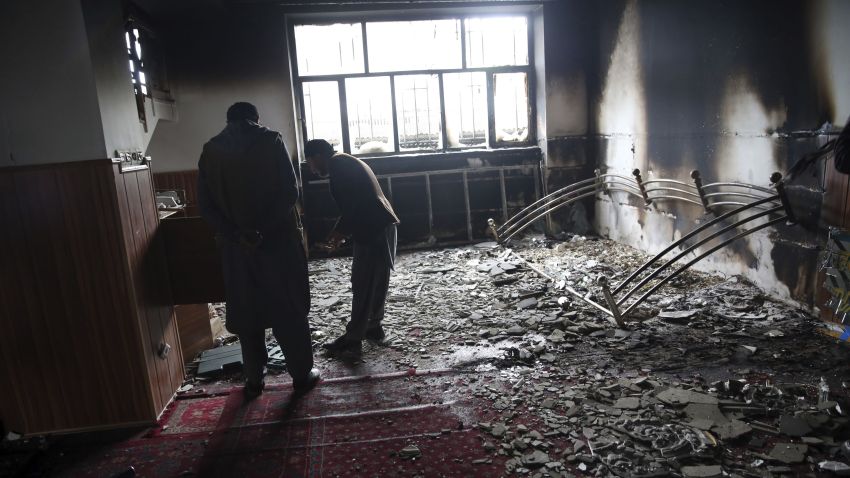Ever since the August 2021 suicide bombings at Kabul’s international airport that led to the death of more than 170 Afghans and 13 U.S. servicemembers, the Khorasan branch of the Islamic State, or IS-K, has continued to make headlines with gruesome attacks in Afghanistan against religious minorities—mainly the country’s Shiite community—and, increasingly, clerics aligned with the Taliban. In grabbing the international spotlight with these attacks, the group has sought to portray itself as resurgent. The reality is more complicated, and there is a real possibility that IS-K is actually in decline.
To begin with one key indicator, the Islamic State’s targets in Afghanistan are almost exclusively soft ones: schools, religious seminars, mosques and temples. Even when the group launches attacks on the Taliban, it rarely goes after well-defended targets. The only major exception was the July 2022 attack in Kabul at the Ulema gathering organized by the Taliban, in which an Islamic State strike team tried to get into the gathering but could not break through the outer ring of defenses.
With these attacks, even the failed one in July, IS-K has nonetheless achieved a key objective, namely advertising its presence to a range of domestic and international audiences. To the unsophisticated observer, the group might appear to be an ascending or even major player, even if the damage it actually inflicts on the Taliban is minimal. This perception gap serves several purposes. First, it can boost recruitment by encouraging those who sympathize with the group’s ideology but hold some reservations about its viability.

